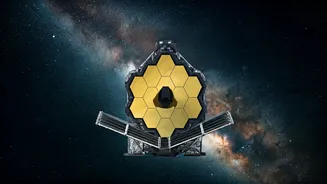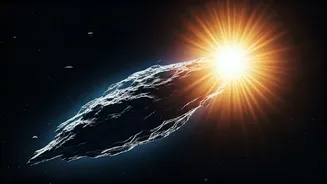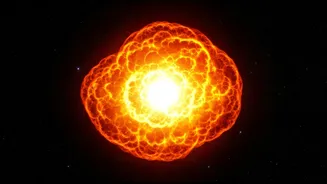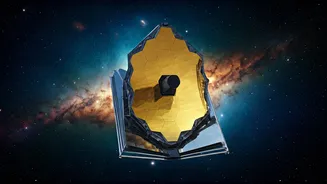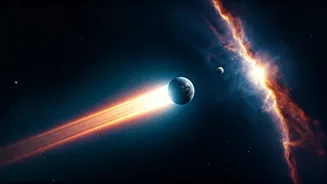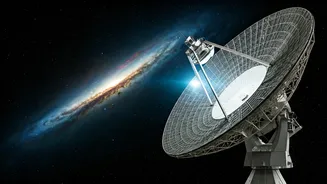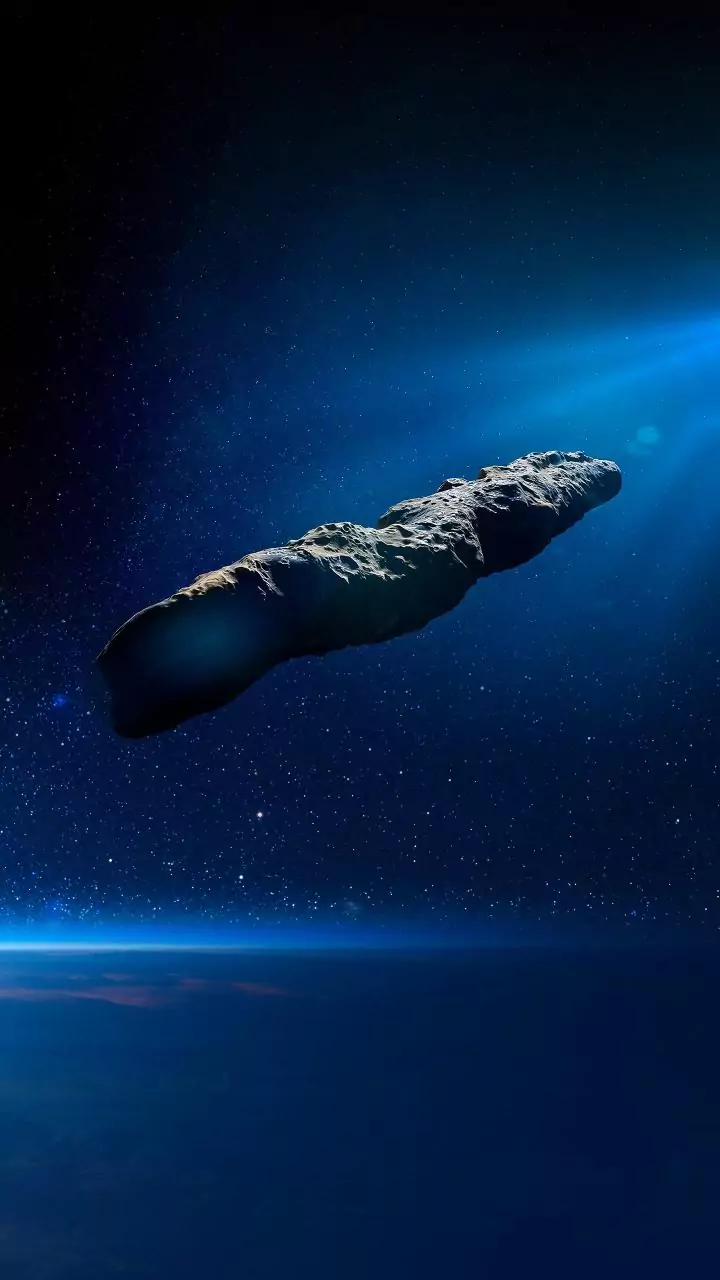Distant Galaxies Revealed
The James Webb Space Telescope (JWST) is an extraordinary instrument, capable of observing light from the farthest reaches of space. This advanced telescope
has captured images of distant galaxies and analyzed their compositions, providing data that astronomers have been waiting for. The JWST is equipped with powerful infrared technology. It is designed to detect the faint light emitted by the earliest stars and galaxies. The telescope’s ability to observe in infrared is vital. This is because the light from the early universe has been stretched, or redshifted, by the expansion of space. This makes it detectable in the infrared spectrum. Astronomers have been able to peer further back in time than ever before.
Spotting First Stars?
One of the most remarkable claims is that the JWST may have already identified some of the first stars that ever existed. These Population III stars, predicted to be massive and short-lived, are believed to have played a crucial role in the reionization of the universe. Studying these stars helps scientists understand how the universe transitioned from a dark, neutral state to the one we observe today. However, confirming these observations is challenging because of the faintness of the light. Astronomers are now working to confirm that these signals do indeed originate from the first stars. This will provide unprecedented insight into the early universe and how it has evolved.
Analyzing Light Signals
To analyze the light from these distant sources, astronomers use spectrographs. These devices split light into its component wavelengths. The resulting spectrum provides a unique fingerprint of the source’s composition and properties. By analyzing the light, scientists are able to determine the age, chemical makeup, and physical characteristics of these early stars and galaxies. This information is crucial for understanding the processes that governed the formation of the first stars, the first galaxies, and the chemical enrichment of the early universe. This data is critical for expanding our understanding of the universe's past, present, and future.
Impact on Cosmology
The discoveries made by the James Webb Space Telescope are poised to revolutionize cosmology. By observing the early universe, astronomers gain a deeper understanding of how the fundamental structures of the universe, like galaxies and stars, came into being. This information can also help to test existing cosmological models and refine our understanding of dark matter and dark energy, which are major components of the universe. These insights have the potential to change the way we understand our place in the cosmos. Scientists look forward to future studies that will build on these initial findings, providing more details about the early universe.
Future Research Directions
Looking ahead, scientists are planning more detailed studies using the James Webb Space Telescope. These studies will aim to gather more data on the early stars and galaxies. They will also look into the processes that led to the formation of the first black holes. Future research will likely focus on confirming the initial findings and expanding the scope of observations. These include searching for more distant objects and analyzing their characteristics. By combining the data from the JWST with observations from other telescopes, astronomers hope to build a more complete picture of the universe's early history and evolution. Further observations will refine models and clarify our understanding of the universe.
